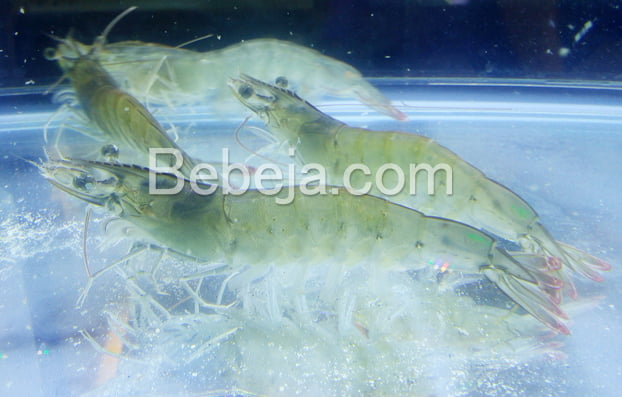Asian white shrimp, also known as vannamei shrimp, appear when tiger shrimp production decreases due to disease. Litopenaeus vannamei is cultivated on extensive farming and offers advantages including disease resistance, great productivity, and a high survival rate. Vannamei farmers can make up to IDR 35 million by harvesting 4.5–5 quintals annually from an 800 m2 pond.
The Asian white shrimp is a nutritious option that offers several health benefits. Here are some key facts about its nutritional value, such as calorie. For every 3 ounce (85 grams) serving of cooked, plain asian white shrimp, you consume approximately 84 calories. This type of shrimp is an excellent source of protein, providing approximately 18 grams per 3 ounce serving.
With only about 1.5 grams of total fat, asian white shrimp is a low fat option. If you’re watching your carbohydrate intake, asian white shrimp is a suitable choice, as it contains less than 1 gram per serving. It’s important to note that asian white shrimp is relatively high in cholesterol, with approximately 166 milligrams in each 3 ounce serving.
Asian white shrimp is rich in minerals, including selenium, iodine, and zinc. This shrimp variety also contains essential vitamins such as B12 and B3 (niacin). Asian white shrimp offers some omega-3 fatty acids, which are known for their heart health benefits.
When it comes to breeding asian white shrimp, a systematic approach is necessary to ensure successful reproduction and growth. Here are the main steps involved in breeding this type of shrimp:
- Selection of Broodstock: Opt for healthy, disease-free, and sexually mature shrimp as broodstock. These shrimp should represent the desired traits, such as size and coloration.
- Maturation and Spawning: Create controlled environmental conditions to stimulate maturation and spawning. This typically involves regulating water temperature, salinity, and photoperiod to mimic natural conditions.
- Hatchery: Collect and hatch shrimp eggs in specialized hatchery tanks. Ensure the larvae receive appropriate nutrition during their development.
- Nursery Phase: As the post-larvae grow, transfer them to nursery tanks. Maintain proper water quality, provide suitable feed, and protect them from predators.
- Grow-Out Phase: After the nursery phase, move the juvenile shrimp to grow-out ponds or tanks. Monitor water quality, temperature, and offer a well-balanced diet to promote rapid growth.
- Disease Management: Regularly monitor the shrimp’s health and take preventative measures against diseases. Quarantine new shrimp stocks to prevent the introduction of pathogens.
- Harvesting: Once the shrimp reach the desired size and weight, typically around 3-4 months of age, they are ready for harvest.
- Sustainable Practices: Employ sustainable aquaculture practices, such as minimizing environmental impact and utilizing feed efficiently.
